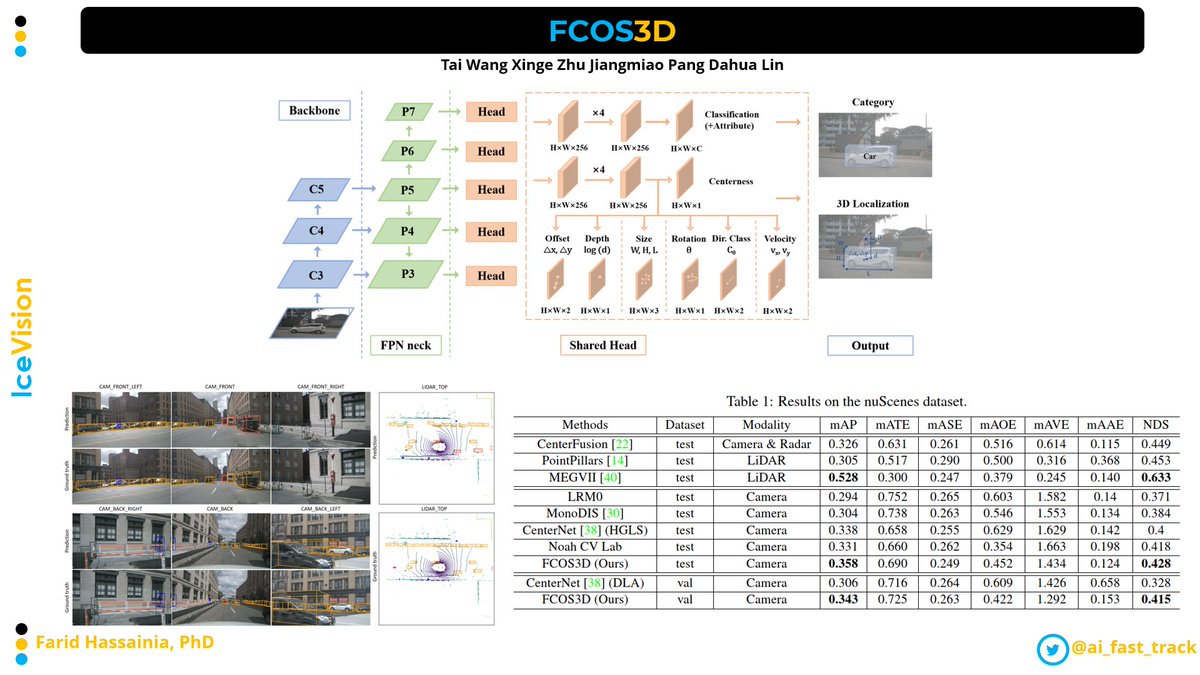
🤔 How to increase your Small Object Detection Average Precision APs?
💡 By increasing both image and backbone sizes when training your model:
📌 Increasing both image and backbone sizes in EfficientDet jumped APs by 14+%
📌 Increasing backbone size in RFBNet increased APs
💡 By increasing both image and backbone sizes when training your model:
📌 Increasing both image and backbone sizes in EfficientDet jumped APs by 14+%
📌 Increasing backbone size in RFBNet increased APs
https://twitter.com/ai_fast_track/status/1407333442145206280

📌 Increasing image size from 320 to 608 in PP-YOLO led to 10+% increase in APs
For more tips and tricks to improve small object detection tips & tricks, check out the list I shared in my first tweet.
For more tips and tricks to improve small object detection tips & tricks, check out the list I shared in my first tweet.
Benchmarks are extracted from the PP-YOLO paper:
📰 Paper: PP-YOLO: An Effective and Efficient Implementation of Object Detector
PDF: arxiv.org/pdf/2007.12099…
📰 Paper: PP-YOLO: An Effective and Efficient Implementation of Object Detector
PDF: arxiv.org/pdf/2007.12099…
Let's make object detection / computer more accessible for all!
🟦 If you want more Object Detection / CV demystified content in your feed, definitely follow @ai_fast_track
🟧 If you could give the thread a quick retweet, that would be great!
🟦 If you want more Object Detection / CV demystified content in your feed, definitely follow @ai_fast_track
🟧 If you could give the thread a quick retweet, that would be great!
• • •
Missing some Tweet in this thread? You can try to
force a refresh









